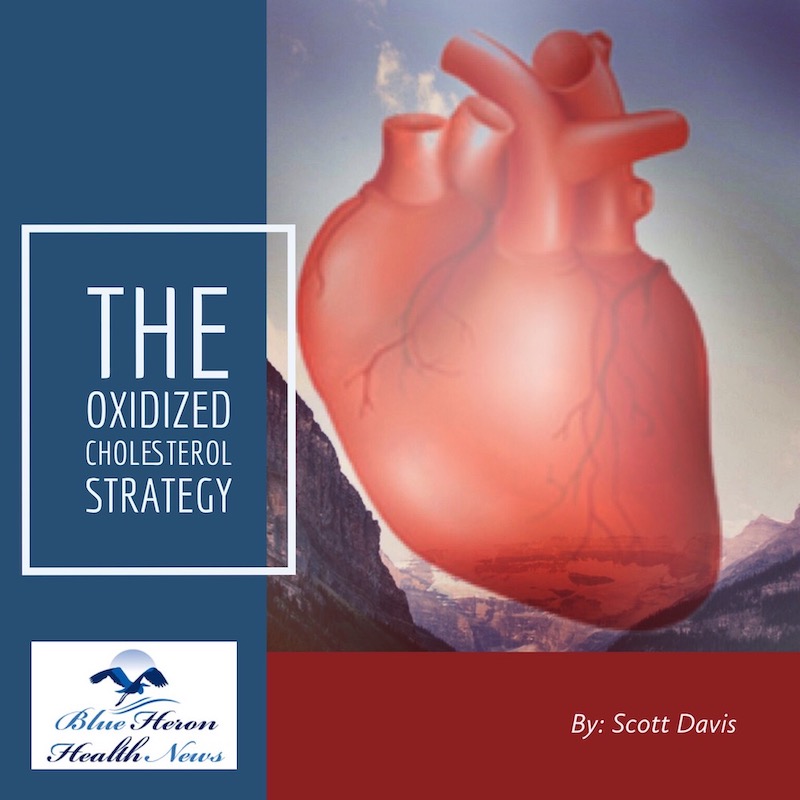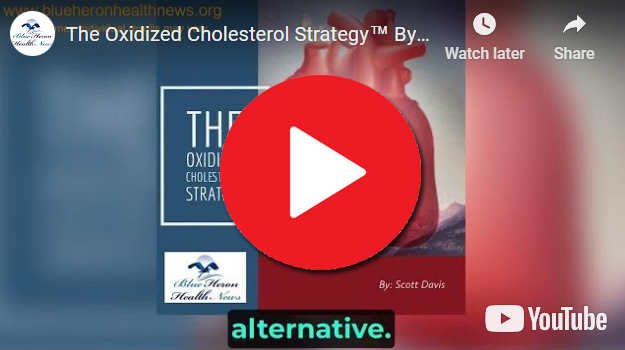
The Oxidized Cholesterol Strategy™ By Scott Davis The Oxidized Cholesterol Strategy is a well-researched program that reveals little known secret on how to tackle cholesterol plaque. This program will tell you step by step instructions on what you need to completely clean plaque buildup in your arteries so as to drop your cholesterol to healthy level.
What is the role of free radicals in cholesterol oxidation?
The Role of Free Radicals in Cholesterol Oxidation
Free radicals play a crucial role in the oxidation of cholesterol, particularly low-density lipoprotein (LDL) cholesterol, which is a key factor in the development of atherosclerosis and cardiovascular diseases. Here’s an in-depth look at how free radicals contribute to cholesterol oxidation, supported by multiple sources:
1. Nature of Free Radicals
Definition:
- Free radicals are highly reactive molecules with unpaired electrons. They can be generated in the body through normal metabolic processes or from external sources such as pollution, radiation, and cigarette smoke.
Types of Free Radicals:
- Common free radicals involved in biological systems include reactive oxygen species (ROS) like superoxide anion (O2•-), hydroxyl radical (•OH), and hydrogen peroxide (H2O2), and reactive nitrogen species (RNS) such as nitric oxide (NO•) and peroxynitrite (ONOO-).
Sources:
- National Institutes of Health (NIH) Free Radicals and Antioxidants
- Harvard T.H. Chan School of Public Health Free Radicals and Oxidative Stress
2. Mechanism of Cholesterol Oxidation by Free Radicals
Initiation of Lipid Peroxidation:
- Free radicals can initiate the lipid peroxidation of LDL cholesterol by abstracting hydrogen atoms from polyunsaturated fatty acids (PUFAs) present in the LDL particles. This generates lipid radicals, which react with oxygen to form lipid peroxyl radicals.
Propagation Phase:
- Lipid peroxyl radicals further react with other lipid molecules, propagating a chain reaction that leads to the formation of lipid hydroperoxides and various secondary oxidation products.
Termination Phase:
- The lipid peroxidation chain reaction continues until free radicals are neutralized by antioxidants or until the lipid radicals react with each other to form non-radical products.
Sources:
- Journal of Lipid Research Mechanism of LDL Oxidation
- Circulation Research Free Radicals and Lipid Peroxidation
3. Formation of Oxidized LDL (oxLDL)
Oxidative Modifications:
- Oxidized LDL contains various oxidative modifications, including the oxidation of cholesterol, phospholipids, and apolipoprotein B-100. These modifications increase the atherogenicity of LDL.
Characteristics of oxLDL:
- oxLDL is characterized by the presence of oxysterols, oxidized fatty acids, and other reactive aldehydes. These oxidative modifications enhance the uptake of oxLDL by macrophages, leading to foam cell formation and atherogenesis.
Sources:
- Journal of the American Heart Association Characteristics of Oxidized LDL
- Clinical Chemistry Oxidized LDL and Cardiovascular Risk
4. Impact on Atherosclerosis
Endothelial Dysfunction:
- Free radicals and oxLDL contribute to endothelial dysfunction by reducing the bioavailability of nitric oxide, promoting vasoconstriction, and enhancing the adhesion of monocytes to the endothelium.
Inflammatory Response:
- The presence of oxLDL in the arterial wall triggers an inflammatory response, attracting immune cells such as monocytes and T-cells. These cells produce pro-inflammatory cytokines, further exacerbating the inflammatory process.
Foam Cell Formation:
- Macrophages ingest oxLDL through scavenger receptors, transforming into foam cells. Foam cells accumulate in the arterial intima, forming fatty streaks, the earliest visible lesions of atherosclerosis.
Plaque Development:
- Continued accumulation of foam cells and smooth muscle cell proliferation lead to the development of atherosclerotic plaques. These plaques can become unstable, rupture, and cause thrombosis, leading to heart attacks and strokes.
Sources:
- National Heart, Lung, and Blood Institute (NHLBI) Atherosclerosis
- Nature Reviews Cardiology Oxidative Stress and Atherosclerosis
Conclusion
Free radicals play a central role in the oxidation of LDL cholesterol, initiating and propagating lipid peroxidation processes that lead to the formation of oxidized LDL (oxLDL). OxLDL is highly atherogenic and contributes to endothelial dysfunction, inflammation, foam cell formation, and the development of atherosclerotic plaques. Understanding the role of free radicals in cholesterol oxidation underscores the importance of managing oxidative stress through antioxidants and lifestyle modifications to reduce cardiovascular risk.
References
- National Institutes of Health (NIH): Free Radicals and Antioxidants
- Harvard T.H. Chan School of Public Health: Free Radicals and Oxidative Stress
- Journal of Lipid Research: Mechanism of LDL Oxidation
- Circulation Research: Free Radicals and Lipid Peroxidation
- Journal of the American Heart Association: Characteristics of Oxidized LDL
- Clinical Chemistry: Oxidized LDL and Cardiovascular Risk
- National Heart, Lung, and Blood Institute (NHLBI): Atherosclerosis
- Nature Reviews Cardiology: Oxidative Stress and Atherosclerosis
The Oxidized Cholesterol Strategy™ By Scott Davis The Oxidized Cholesterol Strategy is a well-researched program that reveals little known secret on how to tackle cholesterol plaque. This program will tell you step by step instructions on what you need to completely clean plaque buildup in your arteries so as to drop your cholesterol to healthy level.
